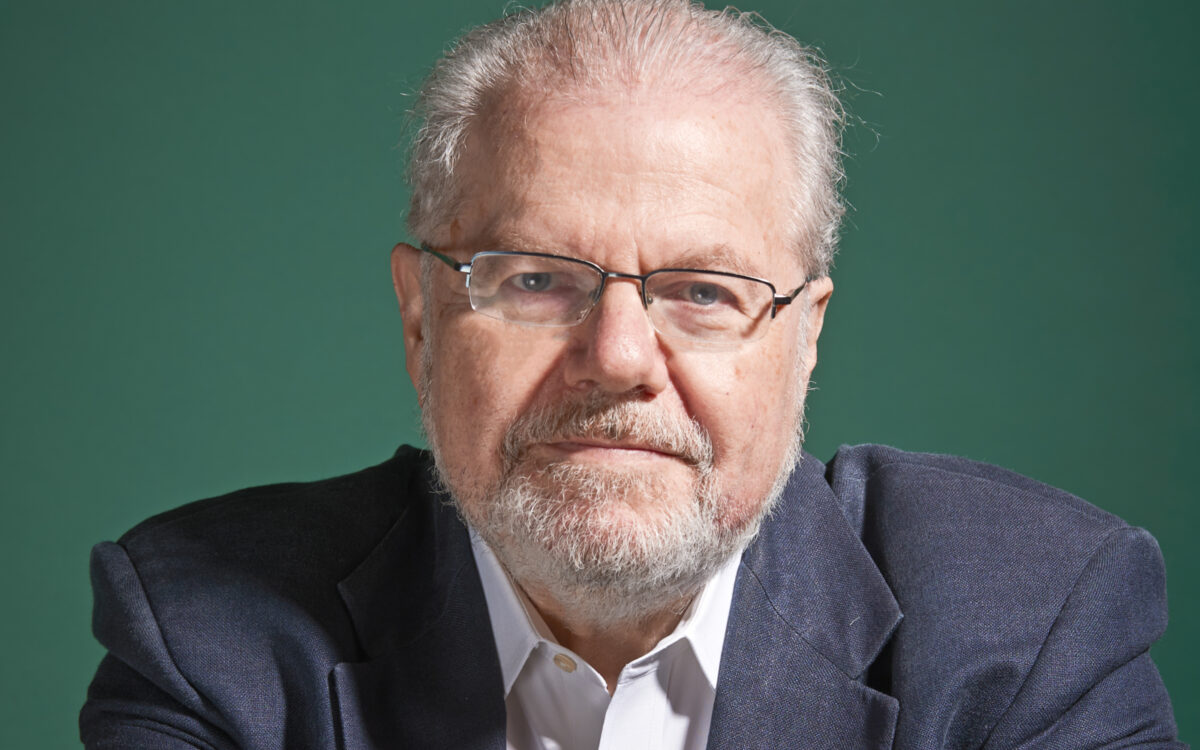Suite from The Miraculous Mandarin
Béla Bartók was born in Nagyszentmiklós, Transylvania (then part of Hungary but now in Romania) on March 25, 1881, and died in New York on September 26, 1945. He began sketching his ballet The Miraculous Mandarin, based on a play by Melchior Lengyel, in August 1917 and composed the first version of the score between October 1918 and May 1919, though he did not orchestrate it until the summer of 1923. He revised and shortened the score from April to November 1924 and continued to tinker with the ending between 1926 and 1931. In February 1927 he completed an orchestral suite comprising about two-thirds of the score. The first public performance of any of this music came on Budapest Radio on April 8, 1926, when Bartók and György Kosa performed a part of the score in the original version for piano four-hands. The full ballet was first performed on November 27, 1926, in Cologne, Germany, with Jenö Szenkar conducting. The suite was premiered in Budapest by the Philharmonic Society Orchestra, Ernö Dohnányi conducting, on October 15, 1928.
The score of The Miraculous Mandarin calls for 2 flutes and piccolo (doubling 3rd flute), 3 oboes (3rd doubling English horn), 3 clarinets, bass clarinet, 3 bassoons, contrabassoon (doubling 4th bassoon), 4 horns, 3 trumpets, 3 trombones, bass tuba, timpani, percussion (xylophone, triangle, cymbals, tam-tam, xylophone, small and large side drum, bass drum), harp, piano, celesta, organ, and strings (first and second violins, violas, cellos, and double basses). A mixed chorus, offstage, is required for the complete ballet score but not for the suite. The suite is about 20 minutes long.
The Miraculous Mandarin was the third and last of Bartók’s major compositions for the theater, following his one-act opera Bluebeard’s Castle and the ballet The Wooden Prince. Though still only in his thirties when he wrote Miraculous Mandarin, he never again attempted to write for the stage. The Miraculous Mandarin showed that he had absorbed the folk elements of his native country as well as the latest trends in avant-garde music from elsewhere in Europe, and his powerful musical intellect fused these elements into a personal and tremendously expressive style.
Bartók encountered Melchior Lengyel’s scenario for The Miraculous Mandarin when it was published in the magazine Nyugat in 1917. What he made of it was not a ballet, in the sense of a work composed of big dance numbers, but rather a pantomime, a story told in gesture and movement, but movement that might be called, for the most part, “prose” rather than “poetry.” Bartók adapted Lengyel’s scenario to give himself a basis for a musical structure, to provide some kind of symmetrical design to the story. He takes two scenes of violent movement and links each of them with three stages of action to be carried in dance.
The tale is lurid and violent, set in a brothel. At the rise of the curtain, three ruffians enter with a girl. Finding no money in her flat, they order her to go to the window and attract a customer. Three times she lures men into the room; the first two have no money, and the ruffians unceremoniously throw them out. Finally a mysterious “Mandarin” enters, his face revealing no sign of emotion except for his burning eyes, which stare ceaselessly at the girl. She begins dancing with increasing sensuality, but when he embraces her, trembling with passion, she tries to elude him and he pursues her. The ruffians attack and rob him, then decide to kill him. They smother him, but he will not die, and continues staring at the girl. They stab him; he does not fall or bleed. They hang him from the chandelier; it comes crashing down, and his body begins to glow with a greenish light. Finally, the girl feels some pity for this strange man. She embraces him, and her act of compassion releases him from the longing that has driven him. His wounds begin to bleed, and he finally dies.
Even in the form of the concert suite, Bartók’s music so clearly reflects the scenario that it is not difficult to follow the intended course of events. Except for a few very small cuts, the shorter suite is essentially two-thirds of the entire score, up to the moment when the ruffians leap out and seize the Mandarin. The last few measures are a concert ending that Bartók provided for the purpose. The prologue suggests the noisy bustle of a busy street. The three ruffians are introduced by a jerky chromatic figure in the violas. The music associated with the girl’s luring the passing men to enter is heard in the solo clarinet. The first man, an elderly rake, is parodied in trombone glissandi. The second is a shy, handsome youth, represented by the oboe. The dance turns passionate briefly before the thugs enter again and drive the hapless fellow into the street.
The arrival of the Mandarin is marked by the simplest musical moment in the score, the blaring brass instruments snarling out a single minor third, B-D. Woodwinds and strings utter wild trills. After the briefest of pauses, the girl begins a hesitant dance. The music builds in tension to almost unbearable levels, with a halting waltz that grows more and more abandoned until the girl throws herself into the Mandarin’s lap. Bartók introduces an angular theme on the trombone to suggest the Mandarin’s reaction. A pounding ostinato turns into a tense fugue.
This is roughly the point where the orchestral suite ends, bringing us to the moment when the ruffians leap out and seize the Mandarin. The composer no doubt chose this point to end the suite because it provided a symmetrical pattern in which the score’s wildest orchestral music frames the three attempts at luring victims. Once the fugue has built to its grand climax, the opening woodwind chords return, bringing the suite to its shattering conclusion.
Steven Ledbetter
Steven Ledbetter, a freelance writer and lecturer on music, was program annotator of the Boston Symphony Orchestra from 1979 to 1998.
The first Boston Symphony performances of the Miraculous Mandarin Suite were conducted by Richard Burgin in January 1950; Seiji Ozawa led the first BSO performances of the complete score in August 1979 at Tanglewood. The Tanglewood Music Center Orchestra played it on August 14, 2022, under TMC Fellow Rita Castro Blanco’s direction.


